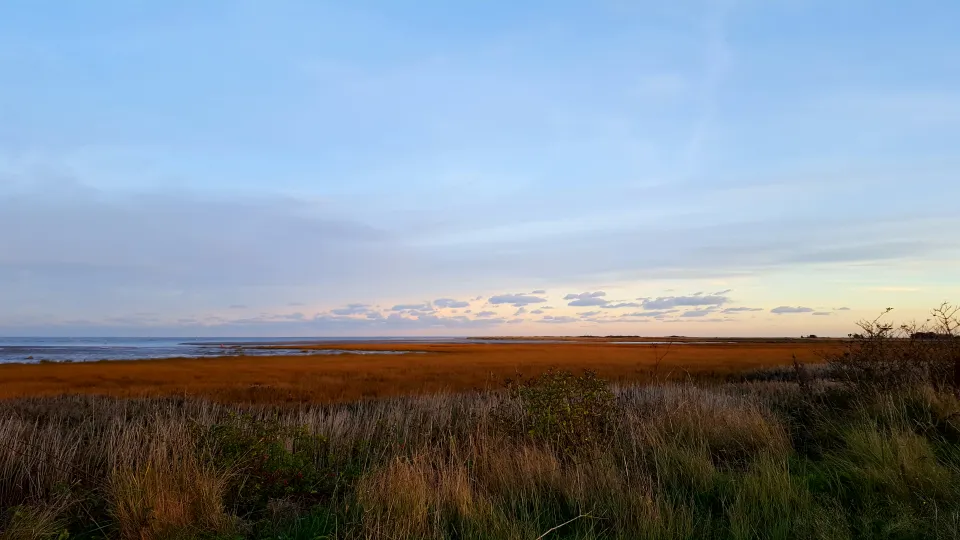
Last of Summer Wildlife at Pegwell Bay
-Join the local warden for a guided walk to explore wildlife on Kent’s largest National Nature Reserve, Pegwell Bay.

Join the local warden for a guided walk to explore wildlife on Kent’s largest National Nature Reserve, Pegwell Bay.

National Marine Week: Salt and Sun Prints - photographic print workshop
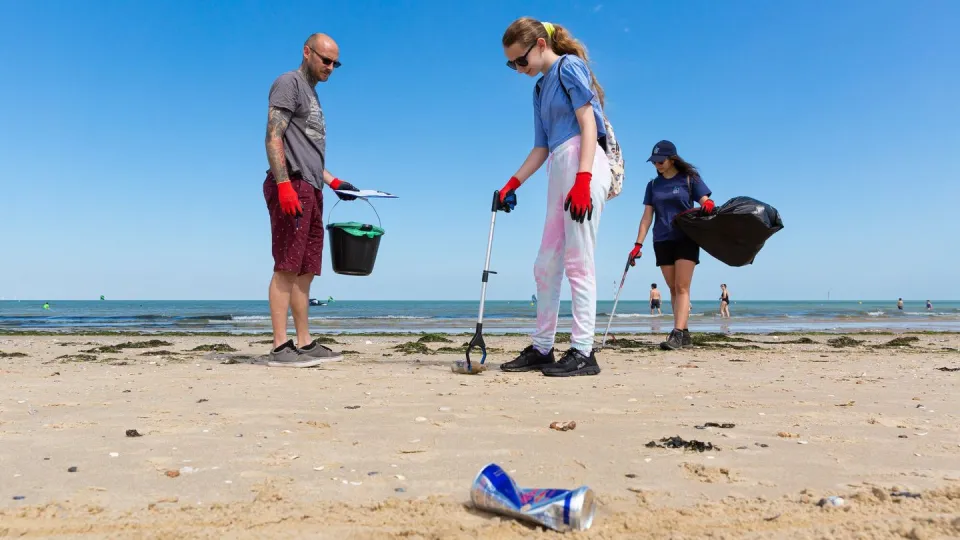
Bring the family to Sandwich Bay Tuesday 5th August for a Beach Clean and some ice cream as part of National Marine week.

Join Kent Wildlife Trust and Bird Wise East Kent at Whitstable Harbour on Saturday 9 August to learn about our amazing coastal wildlife and how to protect it.
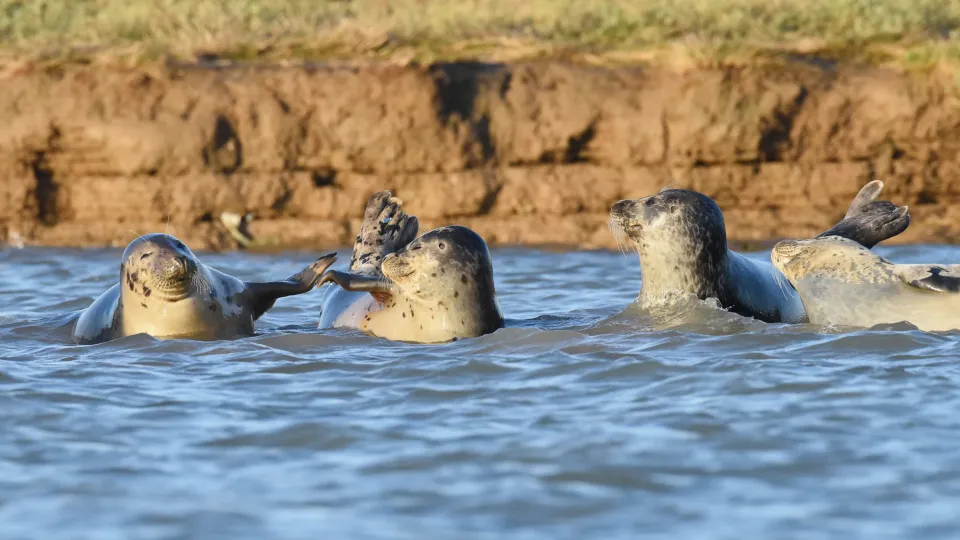
Join us for a fun and educational wildlife walk to spot coastal wildlife, including young harbour seals and migrating coastal birds!
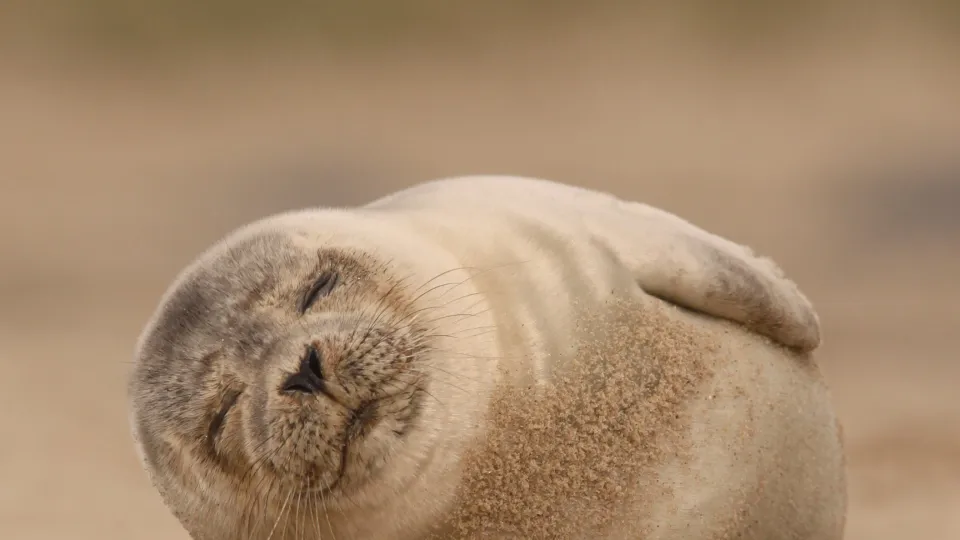
Enjoy a guided walk at Pegwell Bay to learn about coastal wildlife including the local harbour seals.
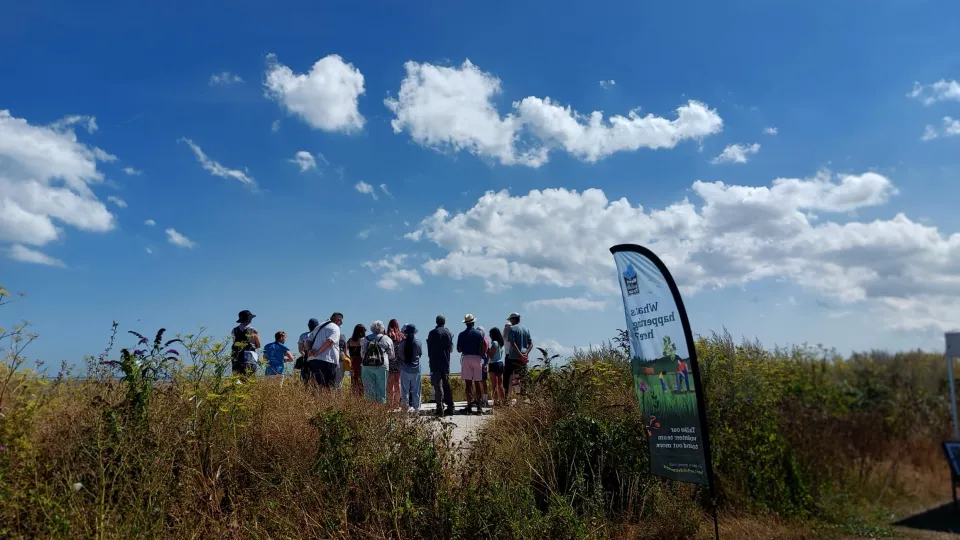
Join us for a leisurely stroll along Pegwell Bay to learn more about the wonderful wildlife that relies on Kent's largest protected area.

This Spring, make a positive impact on nature by joining us for a morning beach clean! Help us restore South Swale beach and make it safe for wildlife once again.

Join a guided women's walk lead by a team of local female wildlife wardens to explore the beautiful flora and fauna of Sandwich Bay.
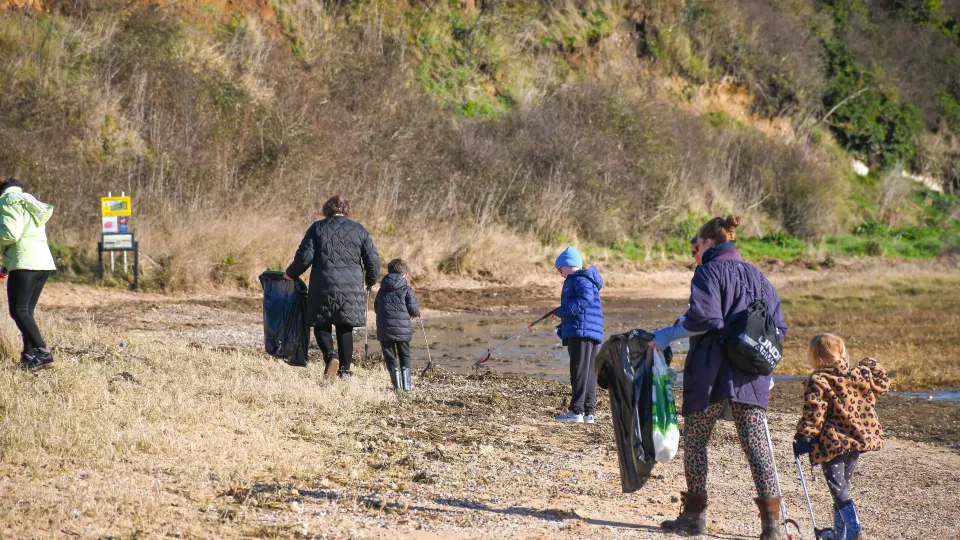
Great British Spring Clean at Pegwell National Nature Reserve